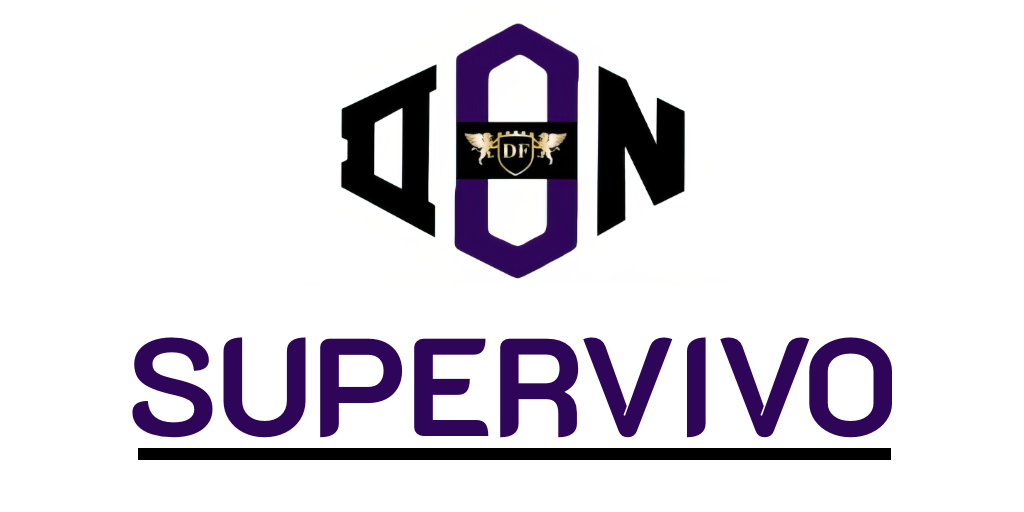In the rapidly evolving landscape of business technology, understanding how to create a Microsoft Form in SharePoint is essential for organisations aiming to enhance their data collection processes. The integration of SharePoint and Microsoft Forms provides a powerful synergy, enabling teams to capture, analyse, and share data seamlessly. By leveraging Microsoft Forms within SharePoint, businesses can foster collaboration, streamline workflows, and engage stakeholders more effectively. As you embark on creating Microsoft Form in SharePoint, you will discover that this integration not only simplifies data management but also enhances decision-making and project execution, empowering your team to achieve greater success.
Understanding Microsoft Forms and SharePoint Integration
Microsoft Forms is an innovative tool that empowers users to create surveys, quizzes, and polls seamlessly. This platform enables the capture of valuable user input across various audiences, thereby facilitating effective feedback collection. Its user-friendly interface ensures that users can navigate the features with ease, enhancing the overall experience in gathering insights.
What is Microsoft Forms?
Microsoft Forms serves as a versatile solution for organisations seeking to engage with stakeholders. Through this platform, companies can design tailored questionnaires that target specific needs. The reliability of Microsoft Forms lies in its ability to produce real-time results, allowing organisations to respond swiftly to feedback. As a key player in the realm of data collection, the integration of Microsoft Forms with SharePoint is instrumental in maximising the advantages of digital tools.
Benefits of Integrating Microsoft Forms with SharePoint
Linking Microsoft Forms with SharePoint leads to significant enhancements in data management processes. The integration promotes seamless workflows, streamlining data collection and improving collaboration among team members. This synergy is particularly beneficial for organisations looking to share insights openly, fostering transparency in operations.
Through the use of Microsoft forms for SharePoint online, users can harness cloud technology to archive and analyse data efficiently. Key benefits include:
- Improved real-time collaboration among team members
- Enhanced accuracy in data analysis
- Increased accessibility for stakeholders to review information
The microsoft form sharepoint integration brings forth a new era for organisations aiming to enhance their operational strategies. Empowering teams with these combined tools can yield strategic outcomes and pave the way for effective project management.

How to create a microsoft form in sharepoint
Creating a Microsoft Form in SharePoint Online is a straightforward process that empowers teams to gather data efficiently. Understanding the steps involved will enhance your ability to leverage this powerful tool for various purposes. This section will guide you through the step-by-step process and offer essential tips for customising your Microsoft Form to meet specific organisational needs.
Step-by-Step Process for Creating Your Form
To effectively create microsoft form in sharepoint online, you must first access your SharePoint site and navigate to the relevant document library or page. Start by selecting the “+ New” button and choosing “Forms” from the dropdown menu. This action initiates the form builder, where you can select from various templates or start from scratch.
Next, you can begin adding questions that suit your data collection requirements. Question types include multiple choice, text fields, and rating scales, providing flexibility in how you collect information. After adding your questions, review and adjust the settings. Consider aspects such as response limits, notifications, and whether to accept anonymous responses.
Tips for Customising Your Microsoft Form
Employing strategies for customising your Microsoft Form allows you to enhance its appearance and functionality. Here are some effective tips for customising your microsoft form:
- Branding: Incorporate your organisation’s logo and colours to maintain brand identity.
- Theme Application: Choose a suitable theme that reflects the purpose of the form while ensuring readability.
- Error Message Management: Set clear and concise error messages to guide users through the form.
- User Experience: Keep questions straightforward and limit the number of required fields to avoid overwhelming respondents.
By following these steps and incorporating these tips, you will create engaging sharepoint online microsoft forms that not only meet organisational objectives but also enhance the respondent experience.
Utilising Microsoft Forms for SharePoint Online
Organisations can transform their data collection strategies by utilising Microsoft Forms for SharePoint Online. This versatile tool serves various purposes, from gathering customer feedback to organising event registrations and conducting internal surveys. The integration of Microsoft Forms into SharePoint enhances operational efficiency, allowing teams to capture vital information seamlessly.
One significant advantage of this integration lies in real-time reporting and data tracking. Users can analyse responses instantaneously, which streamlines decision-making processes. By embracing the microsoft forms sharepoint web part, organisations create an intuitive interface for users, simplifying the feedback loop across departments.
With increased communication fostered through the shared data accessible via SharePoint, organisations can make informed decisions swiftly. This feature of utilising Microsoft Forms for SharePoint Online reduces administrative burdens, enabling teams to direct their efforts towards core functions while automated tools manage data collection. Such capabilities enhance productivity, promoting a culture of continuous improvement.
Adding Microsoft Forms through SharePoint Web Part
Integrating Microsoft Forms within SharePoint makes data collection streamlined and efficient. By adding microsoft forms through sharepoint web part, users can easily gather responses in a collaborative platform. This section will guide you through the process, ensuring your forms not only serve their purpose but also enhance the overall user experience.
How to Add the Microsoft Forms Web Part
To get started with how to add the microsoft forms web part, follow these steps:
- Select the relevant SharePoint site where you wish to incorporate the form.
- Click on the plus icon to add a new Web Part.
- From the list, choose the Microsoft Forms Web Part option.
- Next, enter the link to your form or select a form you have already created.
This process ensures that your Microsoft Forms are effectively embedded, allowing users to respond without leaving the page.
Customising the Display of Your Form
Customising the display of your form is essential for maintaining brand consistency. Consider the following tips:
- Choose a colour palette that aligns with your corporate branding.
- Incorporate your company logo for instant recognition.
- Adjust font styles to create a cohesive look and feel.
Such adjustments greatly enhance the aesthetic appeal of your integrated forms, making them more inviting for responses. Properly executed customisation can transform a simple form into a beautiful, user-friendly interface.
Enhancing Data Collection with Microsoft Forms in SharePoint
In today’s fast-paced business environment, harnessing tools that streamline operations is essential. By enhancing data collection with Microsoft Forms in SharePoint, organisations can greatly improve their workflows. This integration allows for seamless data entry, reducing the inevitable errors associated with manual input. Through automated processes, businesses eyeing operational excellence can not only save time but also enhance accuracy in their data gathering efforts.
Integrating Microsoft Forms with SharePoint fosters real-time collaboration as submissions can trigger notifications to keep teams informed. This instant access to feedback boosts engagement and fosters a culture of responsiveness. Such improvements in communication lead to higher response rates and more robust data collection, enabling teams to stay aligned with organisational goals while nurturing a collaborative spirit.
Furthermore, advanced data management features enrich the analytical capabilities of businesses. The ability to export responses to Excel paves the way for detailed analysis, allowing organisations to decipher trends and insights that inform smarter decision-making. By leveraging the complete potential of enhancing data collection with Microsoft Forms in SharePoint, organisations can transform data from mere numbers into actionable strategies that guide future initiatives.









